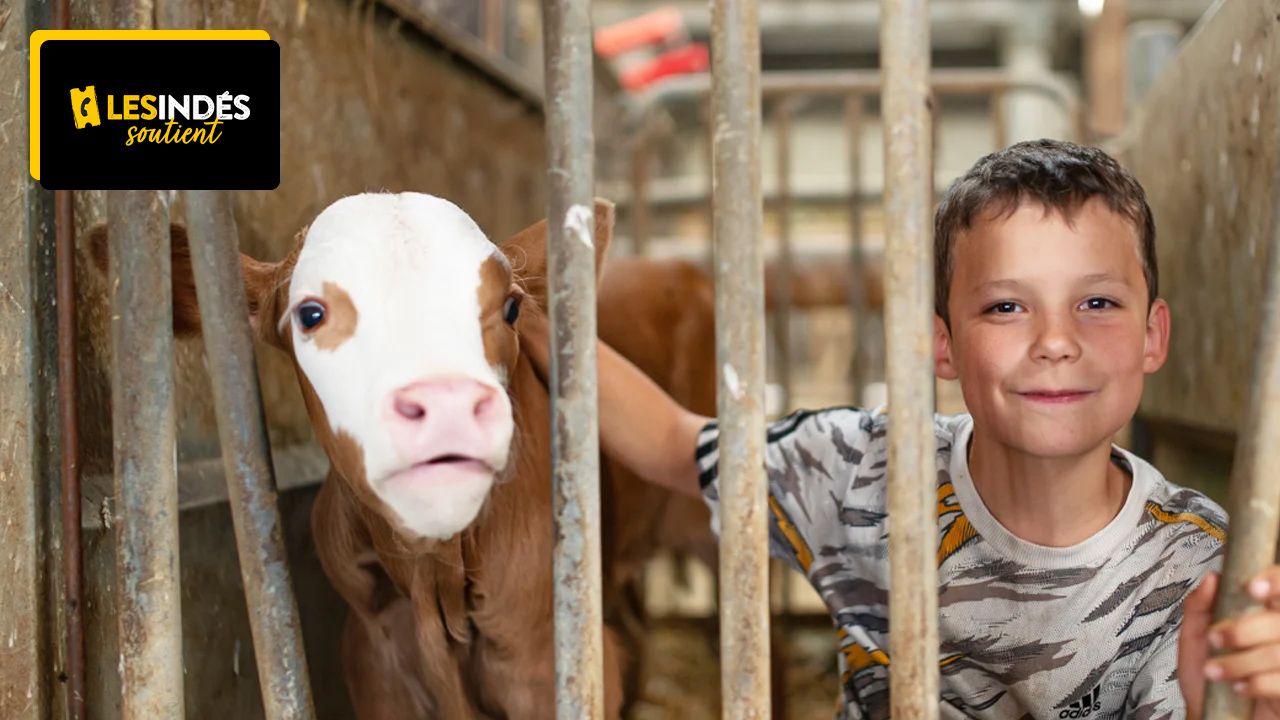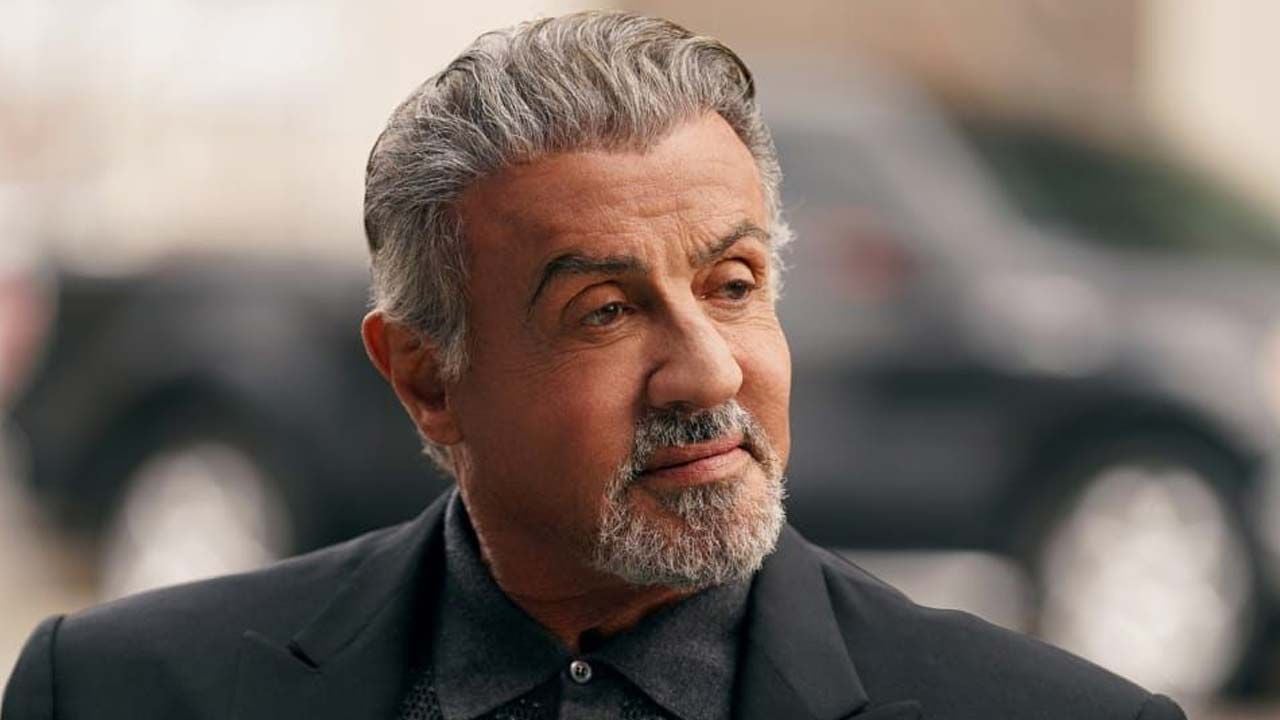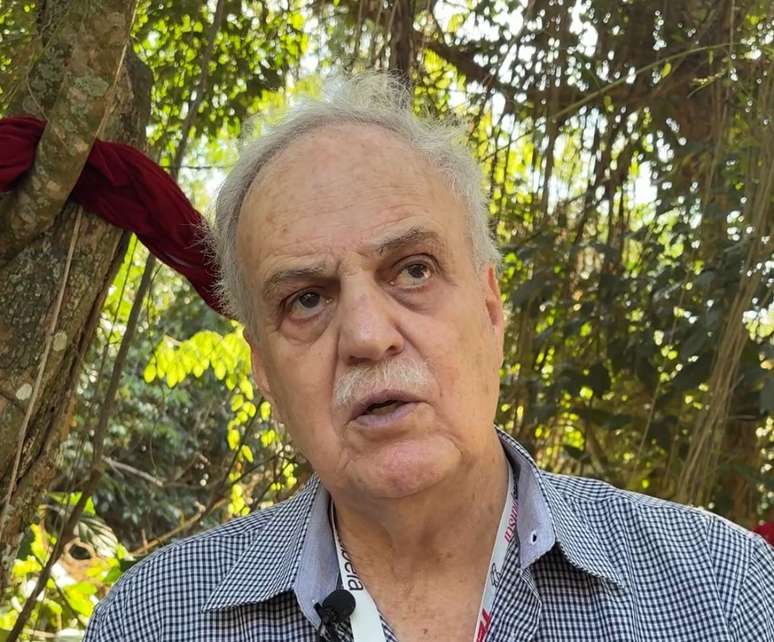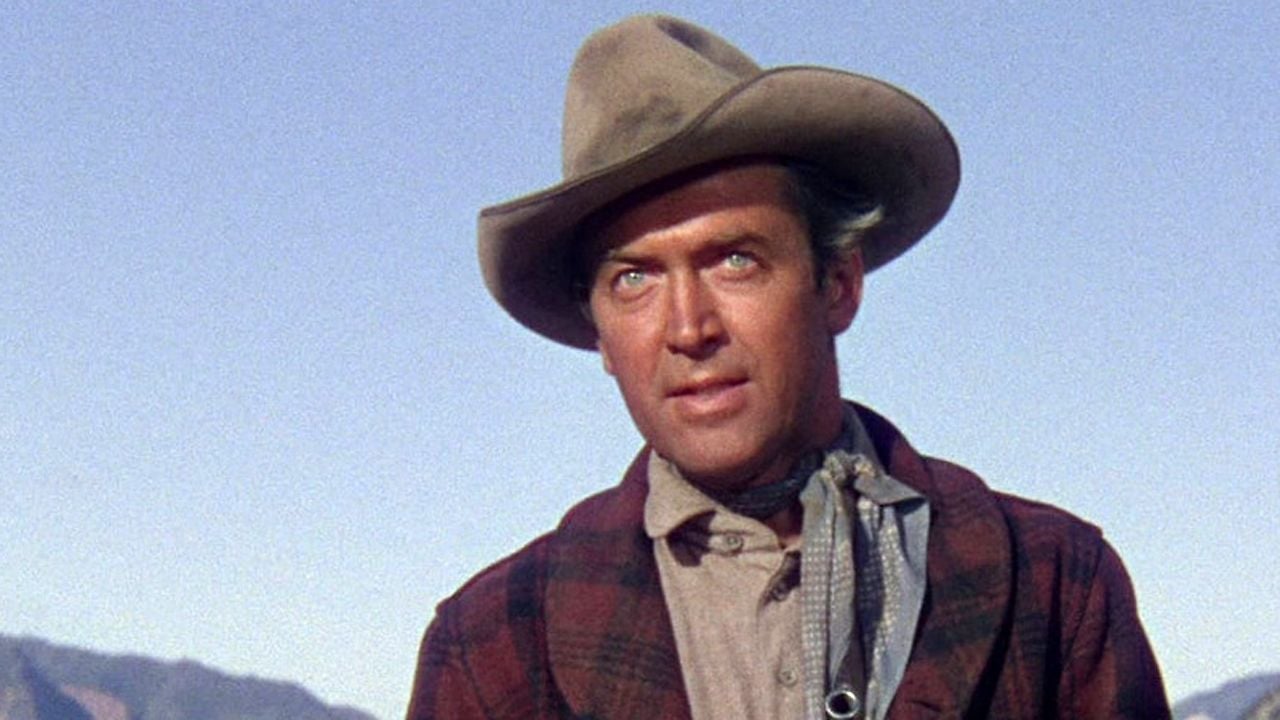What is it about? 50 years in the life of a farm… Haute Savoie, 1972: Bertrand Farm, a dairy farm with about a hundred animals run by three single brothers, is filmed for the first time. As neighbors, the director Gilles Perret dedicated his first film to them in 1997, while the three farmers were handing over the farm to their nephew Patrick and his wife Helen.
Today, 25 years later, the director next door picks up the camera again, accompanied by Elena, who in turn hands over the reins. Through the words and gestures of people who followed each other, the film shows a moving life journey where work and transmission take center stage: an intimate, social and economic history of our farming world.
Long story
Gilles Perret has always known Bertrand’s farm because their house is less than 100 meters from his own. He recalls: “As a child, I had fun on the farm, I was with them on the tractorsMoreover, this is not the first time that the director filmed this family of farmers: “In 1997, I wanted to photograph people, to photograph differently what was happening and what I was doing for news and magazines, spending time, actually. As I felt comfortable with the camera, I borrowed it from the production company. He often worked.”
“I wanted to photograph the Bertrands because I think they are fantastic. I shot them for a year in 1997 and that’s it Three brothers for one life. It was completely unfamiliar because I didn’t know what a documentary was. I didn’t have a film culture, in the environment I came from, it didn’t exist. The film received awards at mountain film festivals. It was shown in the region where it left its mark on people. But that’s all.”
Releases, news, interviews… Find all the latest news about indie films
1972 movie
In 1972, Marcel Trilla photographed the Bertrands for one of his made-for-television films. Gilles Perret confides: “I was born in 1968, so I was 4 years old, but I still remember about it, because the television that came to our completely lost village, it was quite an event! A film by Marcel Trilla, who is 26 years old. per minute and shot in 16mm, produced by an association called “Tele Promotion Rural”.
“This association had a seat in the FR3 region in the afternoon so farmers could watch. Three to four minutes are given to Bertrand. We see the sensitivity of Marcel Trilat, who asks them questions, fairly and not smugly, and gives them. It’s time to talk. I take a bit of inspiration from him, I’ve always loved his work.”
The birth of the project
Gilles Perret always thought that the three brothers for life deserved a wider distribution: Mark and Alex told me that Helen was going to retire soon and that they were investing in milking robots. It’s been 25 years since my first film with them, which came 25 years after Marcel Trilla himself. It was about time. filming, with the idea of using these two old films. I took photos like in 1997, that is, from time to time, but more easily. First materially, because now I have a camera, but also the approach.”
“It was not difficult with the uncles, but the young men had three brothers for life, and they quickly learned my way of doing things. So they would sometimes talk on camera without me having to ask them questions. Besides, I’ve known them since birth, it’s easier to discuss intimate issues with them than with my uncle, especially since I was only 28 years old in 1997.”
A family portrait over 50 years: discover the daily life of a family of four generations of breeders
Difficulty
The turmoil of different periods in the story was the main difficulty in the concept of La Ferme des Bertrand: “Each film is dated, but only once. During installation, incl Stephen Perio, we realized that it took time to organize each period, otherwise it’s okay. To move from one period to another, we looked for the best moment, season, reflection, gesture to be as fluid as possible. There weren’t many of us for this job. Marion RicheauStephen and I”Gilles Perret explains.
historical development
La Ferme des Bertrand shows the laborious evolution of the work over half a century. We move from the image of three brothers breaking stones in 1972 to the arrival of milking robots. Gilles Perret develops: We can criticize the arrival of robots as a sign of productivity or dehumanization. But when Elena says her shoulders and arms are failing and that robots will replace her for good, what right does she have to judge them? L “The appeal of Reblochon makes them milk 365 days a year morning and night. I don’t feel justified in knowing whether it is right to install robots.”
“Mechanization has improved the number of workers, especially for difficult or repetitive tasks. But bosses have increased production rates and targets. This means that working conditions have deteriorated psychologically and physically. Bertrand is not in that logic.”
Source: Allocine
Rose James is a Gossipify movie and series reviewer known for her in-depth analysis and unique perspective on the latest releases. With a background in film studies, she provides engaging and informative reviews, and keeps readers up to date with industry trends and emerging talents.






